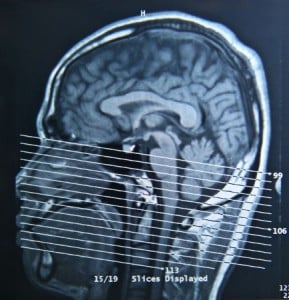Serious Injuries Lawyer in Phoenix, AZ
If you’ve been harmed in a motor vehicle accident in Arizona due to the negligence or wrongful misconduct of another party, then you may be entitled to significant compensation under the law. Litigation can be an overwhelming prospect for first-time plaintiffs, however.
As you begin to explore your options for litigating a motor vehicle accident claim, or any other personal injury claim, you may be somewhat confused by “contingency fees” and what it means for your case. First-time plaintiffs are often unfamiliar with the contingency fee dynamic.
Not to worry! Let’s explore the basics to clarify the essential elements of a contingency fee arrangement.
What is a Contingency Fee?
Typically, plaintiff’s-side personal injury litigators are paid on contingency, not through an hourly or flat fee. Contingency fees are rather straightforward — the litigator does not get paid unless they help you secure compensation, whether through a negotiated settlement or a favorable case verdict.
So, for example, if you take your case to trial and “lose” the case, failing to secure any compensation, then you will owe nothing to the litigator. On the other hand, if you do secure compensation, then you will owe the litigator a percentage of the overall recovery.
Contingency Fees Create Favorable Dynamics for Plaintiffs
Contingency fees are positive for most plaintiffs, and for a number of reasons. First off, most plaintiffs do not have the funds (or willingness) to sustain long-term litigation against a defendant when the result is uncertain. With a contingency fee arrangement, you — the plaintiff — need not secure initial funds to litigate your claims. The law firm will foot the bill (i.e., the out-of-pocket expenses) for litigation.
Perhaps more importantly, contingency fees creative a positive incentive for law firms to fight aggressively on behalf of plaintiffs and to secure the maximum available compensation. With hourly, a litigator is incentivized to drag on the proceedings. With flat fee arrangements, a litigator is incentivized to “rush” the proceedings and conclude it prematurely. In either case, the result is irrelevant to the litigator’s own financial gain.
Contingency fees link the fortunes of the client (the plaintiff) with the fortunes of their attorney-litigator. This ensures that their attorney will fight vigorously on their behalf from the very start of the litigation process.
Contact Hirsch & Lyon for Immediate Legal Guidance
Hirsch & Lyon is a boutique personal injury litigation firm with a focus on personal injury cases. We have nearly seven decades of combined experience advocating on behalf of injured plaintiffs, helping them to secure the compensation they need to cover their losses.
Thanks to our specialized representation in the motor vehicle accident context, we have developed key insight into what it takes to successfully litigate such a claim from beginning to end, making us more effective and more efficient overall. This further enables us to provide discounted contingency fees to our clients — put simply, our clients get to keep more of what they receive through settlement (or a case verdict).
Ready to move forward with your claims? Call us at 602-535-1900 or contact us online to request a free and confidential consultation with an experienced Phoenix serious injuries lawyer at our firm.

